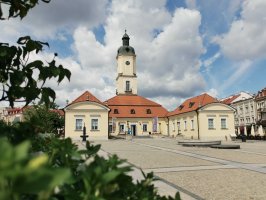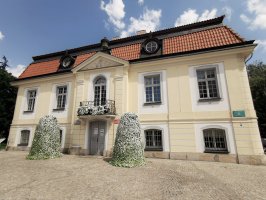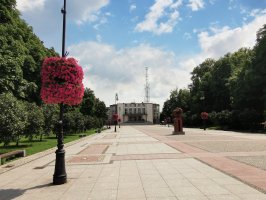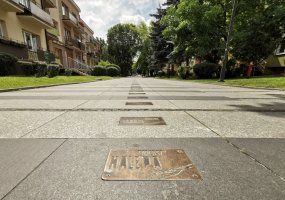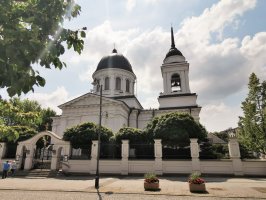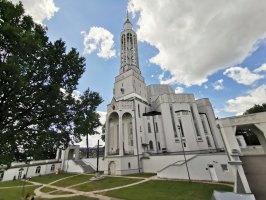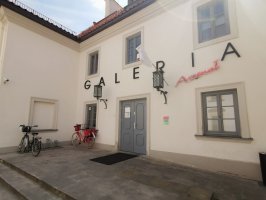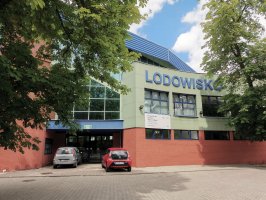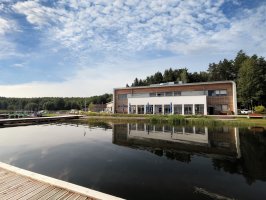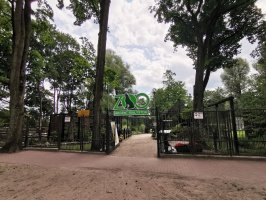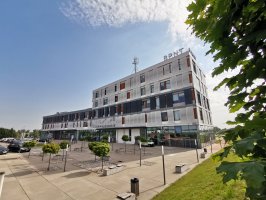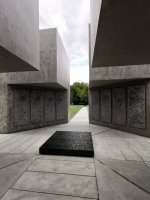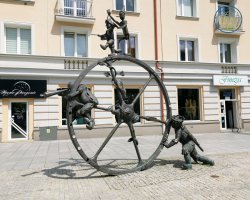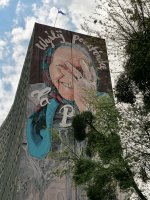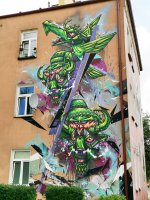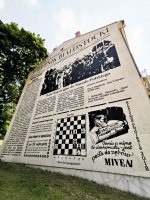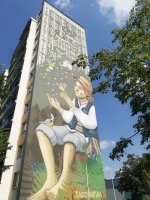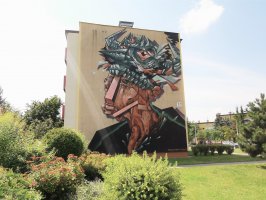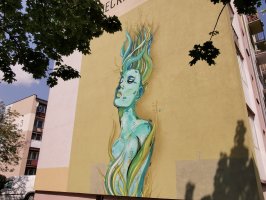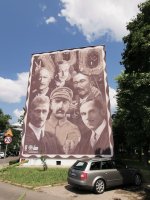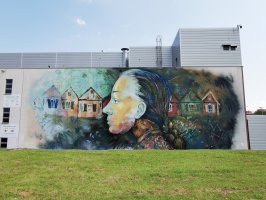About Bialystok
Our University is located in Bialystok, the capital city of Podlaskie Voivodeship in north-eastern Poland.
The city’s rich history and the multicultural character of the Podlasie Region make it a unique and desirable destination where there is something for everyone.
Branicki Estate
The most significant period in Bialystok’s history took place in the XVIII century when the Branicki Family inherited the estate. The family’s main residence, the Branicki Palace, a great example of baroque architecture, is nowadays the headquarters of the Medical University of Bialystok.
The Branicki Family heavily influenced the development of the city and the Region, both by modernising the architecture and by establishing hospitals, schools, and theatres. Apart from the Palace, we also recommend visiting its beautiful gardens, designed in the French and English styles, and the Branicki Family Guest Palace, located nearby.
Kościuszko Square
Kościuszko Square is the representative square of Bialystok, where the majority of the city life concentrates. Some of the city’s landmarks, such as the Town Hall, the neo-Gothic Cathedral, or the Fountain – the residents’ beloved meeting point, are situated there.
The Square’s central position and a large number of restaurants and bars makes it the main social and cultural spot of the city.
Nature and recreation
Bialystok is located in the so-called “Green Lungs of Poland” area, a unique region characterised by good air quality and a high level of environmental diversity. Public parks and forests, including two nature reserves within Bialystok’s borders, occupy a large part of the city’s area. Apart from the Branicki Palace’s gardens, residents may spend time in the nearby Planty Park and Zwierzyniec Park with its ZOO or choose a more distant Lubomirski Park and admire a neo-classical palace.
Our city has a lot to offer when it comes to sports and recreation. In the summer season, the City Beach by the Dojlidy Lagoon fills with water sports enthusiasts. During the winter, the most popular activity among the residents is skating on the local ice rink. Moreover, Bialystok is a city friendly to cyclists – it has a developed network of bicycle paths. From the beginning of April till the end of November, for a small charge, the residents may also use city bikes and electric scooters.
Bialystok City Stadium is the home ground of Jagiellonia Bialystok football club, a member of the Poland Ekstraklasa league, which frequently hosts games that enjoy enormous popularity among the citizens.
Art and culture
Today, Bialystok is a major centre of culture in eastern Poland, with more than 570 non-governmental organisations.
Podlasie Opera and Orchestra in Bialystok is the largest artistic institution in the Region and the most modern cultural centre in this part of Europe. Together with the Aleksander Węgierko Drama Theatre and the Bialystok Puppets Theatre, the institutions organise a variety of performances, concerts, festivals and other events in the city.
There are several museums in Bialystok. The newest, the Sybir Memorial Museum, which opened in 2021, is dedicated to the memory of the victims of forced deportations to Siberia.
The collection presented by the Podlaskie Museum focuses on the history of Bialystok and the Region. With its headquarters in the Town Hall, the Museum has several locations both in Bialystok and in surrounding towns.
Bialystok is the hometown of Ludwik Zamenhof, the creator of the Esperanto language. The Ludwik Zamenhof Centre organises various activities devoted to the person of Ludwik Zamenhof, Esperanto, widely understood multiculturalism and the history of Bialystok.
The Arsenal Gallery, located in the former Branicki’s arsenal next to the Palace, is a Polish contemporary art gallery. The institution engages in diverse activities fostering contemporary culture, such as panel discussions, lectures, conferences, concerts, and film screenings.
Bialystok is famous for its street art. To get to know the city, we propose a walk in the footsteps of various murals in different locations.
A multicultural Region
Bialystok has the largest concentration of Orthodox believers in Poland. There are several Orthodox churches in the city, including the Orthodox Church of the Holy Spirit, the largest Orthodox church in the country, and the historic Orthodox Church of St. Nicholas. In the smaller towns and villages of Podlasie, you may find examples of beautiful wooden Orthodox Churches, characteristic of the Region.
Before World War II, around 40% of the city population was of Jewish nationality. However, as a result of the post-war damage, the majority of Jewish heritage, including various synagogues and libraries, was completely destroyed. To mark the past presence of the Jews in the city, the University of Bialystok Foundation created the Jewish Heritage Trail.
There are also around 800 Tatars living in the capital of the Podlasie Region. Various Islamic organisations are actively operating in Bialystok, for instance the Muslim Students Association and the Muslim Cultural Development Association. In 2021, a mosque opened in the city.
Source: wikipedia.org



